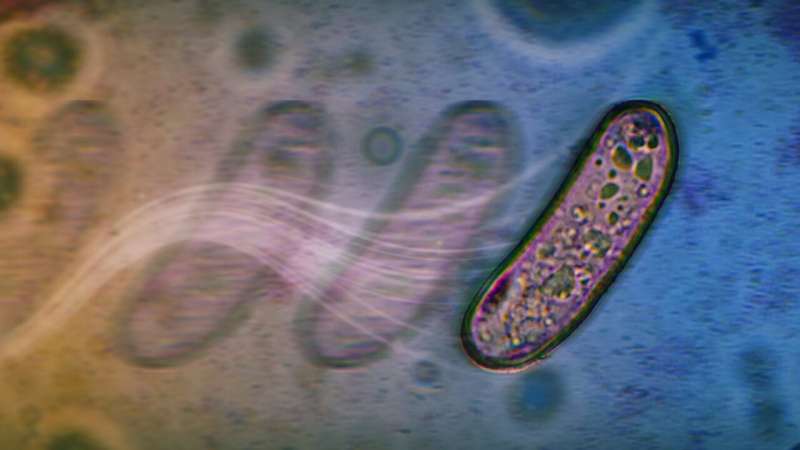Researchers Unveil New Tracking Method for Elusive Stingrays
Scientists at Florida Atlantic University have successfully developed a groundbreaking tracking system for the elusive whitespotted eagle ray (Aetobatus narinari). This innovative use of biologging technology allows researchers to monitor the behaviors and habitats of these often-overlooked marine species, providing insights vital for their conservation. The study, published in the journal Animal Biotelemetry, marks a significant advancement in marine biology.
The whitespotted eagle ray is primarily found in tropical and subtropical coastal waters, where it plays a crucial role in marine ecosystems. These powerful predators, which can grow over 2 meters (approximately 6.5 feet) in wingspan and weigh several hundred kilograms, primarily feed on hard-shelled prey like clams and conch. Despite their known long-distance migrations, they often remain in coastal habitats, making them an ideal candidate for testing the new biologging technology.
Introduction of Multi-Sensor Tracking Technology
Researchers from FAU’s Harbor Branch Oceanographic Institute faced significant challenges in tagging the whitespotted eagle ray due to its unique body shape and the lack of a prominent dorsal fin. Previous attempts to study similar species had been hindered by difficulties in securely attaching tracking devices. With the new multi-sensor biologging tag, researchers have achieved the longest documented attachment times for external tags on pelagic rays, lasting up to 60 hours.
According to Matt Ajemian, Ph.D., who serves as the senior author and director of the Fisheries Ecology and Conservation Lab at FAU Harbor Branch, “These animals are powerful, fast-moving, and live in dynamic, high-energy environments, which makes tagging them a real challenge.” The new tagging system was designed to remain attached during natural behaviors and gather rich, multi-dimensional data.
The custom-built tag features a motion sensor, video camera, underwater microphone, satellite transmitter, and acoustic tracker. This compact and lightweight design is engineered to capture detailed feeding behaviors, particularly focusing on interactions with armored prey.
Insights into Marine Behavior and Conservation
A key innovation of the tagging system is its fast, minimally invasive attachment mechanism. Researchers employed silicone suction cups and specially designed straps secured near the ray’s spiracles—small openings located just behind the eyes. This design has significantly increased the retention of the tags, which could be applicable to other similar species of rays.
Researcher Cecilia M. Hampton, a Ph.D. student in the Fisheries Ecology and Conservation Lab, stated, “Our work marks a turning point in how we study elusive marine species like pelagic rays.” She added that the study has shown complex behaviors, such as the crunching of clams, can be identified using sound and movement data, even without video.
The researchers utilized a supervised machine learning technique known as a Random Forest model to analyze the data. By training the model on behaviors labeled from video footage of one tagged ray, they successfully predicted foraging behavior. This advancement paves the way for the development of smaller and more accessible tracking devices in the future.
Looking ahead, the researchers believe their tagging system could be adapted for other ray species with slight modifications to account for variations in body size and spiracle shape. Ajemian noted, “As biologging technologies advance, combining data streams like movement, sound, and video—and applying machine learning for behavior classification—could turn rays into mobile surveyors of ocean health and benthic habitats.”
The findings from this research are not only crucial for understanding the behavior of the whitespotted eagle ray but also hold significant implications for the conservation of various batoid species at risk of extinction. By mapping out their feeding strategies and social dynamics, scientists can better assess how these species respond to environmental changes and develop effective conservation strategies.
The collaborative effort includes contributions from researchers such as Breanna C. DeGroot from the State College of Florida, Lauran Brewster from the University of Massachusetts, Dartmouth, and others, emphasizing the need for interdisciplinary cooperation in marine research.
This study represents a significant step forward in the field of marine biology, highlighting the importance of innovative technologies in uncovering the mysteries of oceanic life.






